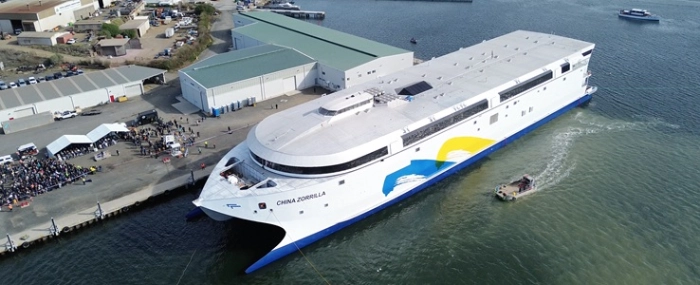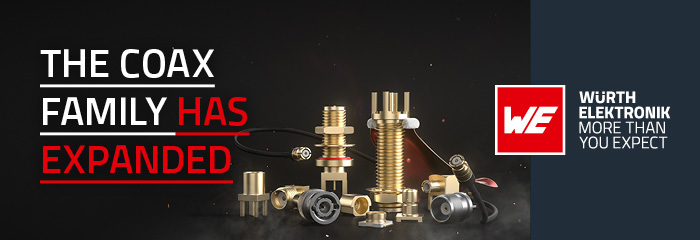
Tasmania’s Incat launches ‘world’s largest battery-electric ship’
When it enters service between Buenos Aires and Uruguay, the 130 metre-long vessel, called Hull 096, will operate entirely on battery-electric power, carrying up to 2,100 passengers and 225 vehicles across the River Plate.
Tasmanian boatbuilder Incat has launched what it describes as the world’s largest battery-electric ship.
Incat built the ship, called Hull 096, after securing a contract from the South American ferry operator Buquebus to build a vessel that would run between Buenos Aires and Uruguay.
When it enters service between the Argentine capital and Uruguay, the 130 metre-long vessel will operate entirely on battery-electric power, carrying up to 2,100 passengers and 225 vehicles across the River Plate, Incat said in a media release.
“This is a historic day — not just for Incat, but for the future of maritime transport,” said Incat Chairman Robert Clifford. “We’ve been building world-leading vessels here in Tasmania for more than four decades, and Hull 096 is the most ambitious, most complex, and most important project we’ve ever delivered. This ship changes the game.”
The ship, the ninth Incat-built vessel for Buquebus, was originally named China Zorilla and meant to run on LNG before being reconfigured to battery power.
“Through hard work, determination, and ingenuity, Incat has built a globally significant battery-electric ship from their yard in Tasmania,” Tasmanian Premier Jeremy Rockliff said. “Tasmania has long been a leader in maritime innovation, and Incat’s latest achievement is a testament to our state’s world-class shipbuilding capabilities and proud seafaring heritage.”
The ship is equipped with over 250 tonnes of batteries and an Energy Storage System (ESS) boasting more than 40 megawatt-hours of installed capacity. The ESS, which is four times larger than any previous maritime installation in the world, is connected to eight electric driven waterjets and supplied by leading technology partner Wärtsilä, the media release said.
“We are proud to have collaborated with Incat and Buquebus in launching the world’s largest battery-electric ship,” said Roger Holm, President of Wärtsilä Marine and Executive Vice President at Wärtsilä Corporation. “Ferries play a vital role in meeting the growing demand for environmentally sustainable transport options, with ship electrification a key solution for enabling the sector to transition towards net-zero emissions.”
“We’re not just building a ship — we’re building the future,” said Incat CEO Stephen Casey. “Hull 096 proves that large-scale, low-emission transport solutions are not only possible, they are ready now. This is a proud day for Tasmania and for Australian manufacturing.”
Work will now continue completing the vessel’s interior, which includes a 2,300 square metre duty-free retail deck. Final fit-out, battery installation, and energy system integration will take place ahead of sea trials later this year on the River Derwent.



